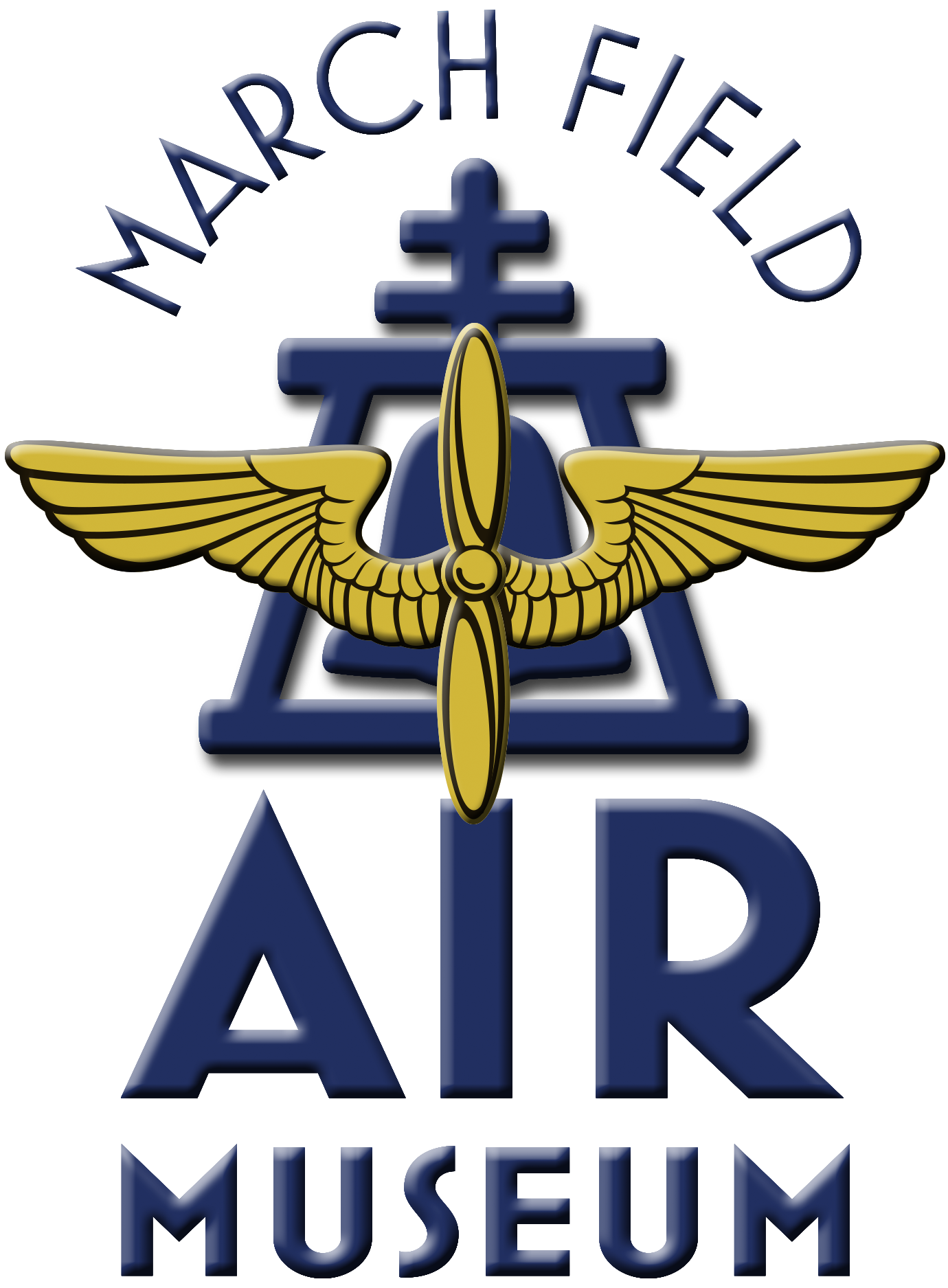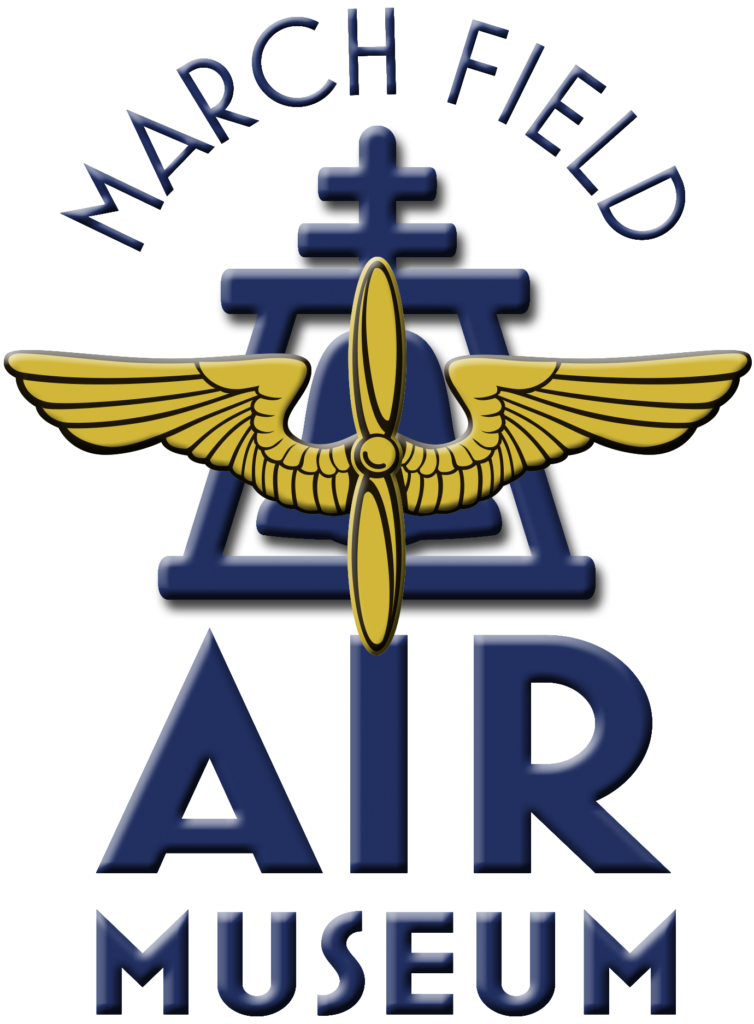UH-1B Iroquois “Huey”
The Bell UH-1 Iroquois is a U.S. Army utility helicopter powered by a single turboshaft engine, with two-blade main and tail rotors. Developed by Bell Helicopter to meet a United States Army’s 1952 requirement for a medical evacuation and utility helicopter the UH-1 was the first turbine-powered helicopter produced for the United States military.
The workhorse of the Vietnam War, the distinctive wop-wop of helicopter’s blades slapping dense tropic air echoes in our nation’s memory. Controversial and divisive the conflict in Southeast Asia was many things, but most of all it was a helicopter war. In the early 1960’s, the United States faced a determined adversary skilled in the tactics of irregular warfare. Struggling to overcome an enemy who avoided direct conflict, who melted into the rice paddies, mountains and jungles whenever conventional forces arrived, demanded a highly mobile, rapidly deployable power, capable of trapping and crushing the elusive enemy.
Airmobile Assault, with helicopter transport as the key feature, became the favored solution. Freed from the constraints of road travel, helicopter-borne attacking forces made lightning-quick strikes anywhere, anytime, deep into enemy held provinces, far from supporting bases and in the thickest jungles and most hostile terrain. As airmobile units grew, helicopters with specific capabilities came into use. From the legendary UH-1 Huey Iroquois transports, to swift OH-6 Cayuse scouts; heavily armed AH-1 Cobra gunships and the supporting HU-21 Workhorse and HH-34J transports and Search and Rescue aircraft, helicopters became a symbol of American power.
Bolted to a 40-foot tower in Rialto, California for decades, the museum’s UH-1B Iroquois serial number 62-12537 is one of those legendary aircraft. Used by San Bernardino County as a static rappelling trainer since the 1970’s the aircraft had become a home for owls. A beehive filled the tail boom and multiple coats of faded white paint covered its surfaces. For years the museum had tried to acquire the helicopter hoping to restore it for static display. When the San Bernardino California Sheriff Aviation Unit moved to a new home, they offered the aircraft to us. “If you can move it, you can have it”
Museum staff and volunteers jumped at the chance. Carefully removing the bolts and lowering the aircraft they transported it to the museum where restoration began.
Although we were initially unable to determine UH-1B 62-12537’s whereabouts from its 1962 manufacture until it was re-conditioned at Corpus Christi, Texas in 1968, the restoration process uncovered important clues. Stripping away decades of paint revealed the crossed sabers of the 1st Squadron 4th Cavalry and several battle damage repairs, along with a curved nose panel denoting the installation of an M75 40mm grenade launcher turret. lt became clear 62-12537 was a long-forgotten war-weary, combat veteran of the famous “Quarterhorse” Cavalry. A member of the 1st Squadron 4th Cavalry’s “D” Troop Gunship Section the “Mustangs,” a part of 62-12537’s missing years, specifically from the unit’s overseas deployment in 1965 until the 1968 re-conditioning, were spent in Vietnam participating in some of the most intense fighting of the war.
| Manufacturer: | Bell Helicopter (Textron), Ft. Worth, TX | ||
| Designation: | UH-1 | ||
| Version: | B | ||
| Nickname: | Iroquois (official), Huey (unofficial) | ||
| Type: | Helicopter (Utility / General purpose) | ||
| First Flew: | 02/20/1964 | ||
| Specifications | |||
|---|---|---|---|
| Fuselage Length: | 39′ 7.5″ | ||
| Height: | 14′ 7″ | ||
| Rotor Diameter: | 44″ | ||
| Empty Weight: | 4,369 lb | ||
| Gross Weight: | 8,500 lb | ||
| Armament: | 4 M-60 7.62mm machine guns, 2 M157 2.75 rocket pods, M75 40mm grenade laucher | ||
| Propulsion | |||
| No. of Engines: | 1 | ||
| Powerplant: | Lycoming T-53 free-turbine | ||
| Horsepower (each): | 960 or 1,100 shp | ||
| Performance | |||
| Range: | 260 miles | ||
| Max Speed: | 147 mph | ||
| Rate of Climb: | 2,660 ft/min | ||
| Ceiling: | 16,900 ft | ||

